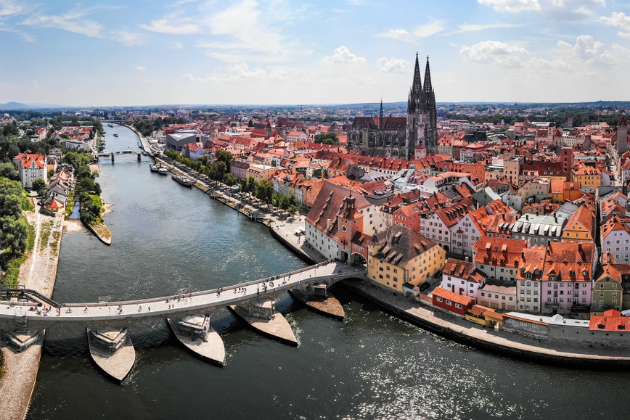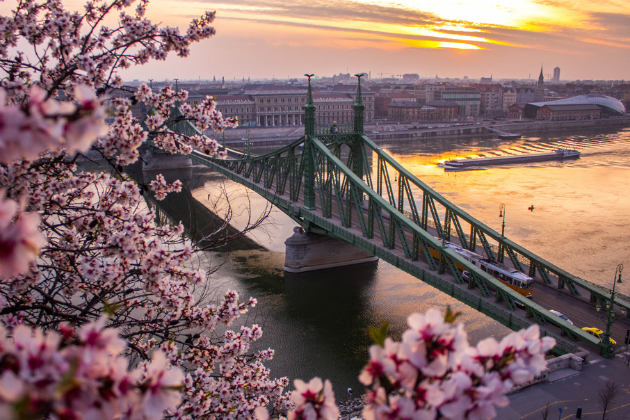28 August 2019 By: Craig Tansley
Imagine there was a way to do a summer tour through Western Europe, travelling between hotspots like Vienna, Budapest and Prague without having to fly, drive a rental car, decipher street signs in foreign languages or having to wait until 2pm to check into your next hotel. There is a way. It’s a river cruise.
A hotel that moves with you
A river cruise lets you see numerous European cities and regions without needing to stand in an airport line even once. Instead, the continent will float right past you as you head down Europe’s second-longest river, the 3000km Danube which flows from the north of Germany to the Black Sea beside Romania.
River cruises used to be seen as quite sedate, but these days, cruise itineraries allow for all types of travellers – from adventure enthusiasts to art and culture lovers, from young to old.
And once on board with belongings packed away, you won’t have to pack your bags again for the entire trip.

Difference between river and ocean cruising
There is one big difference between river cruising and ocean cruising, and that is that river boats must be designed to fit into locks, meaning they can’t be wider than 11m.
That means river boats generally carry fewer than 100 passengers, allowing for a far more intimate experience compared to ocean liners which might fit up to 4000 guests.
You won’t have to worry about seasickness, as the boat barely rocks on the river. Most nights you forget you’re on the water at all, until you wake in the morning in a new country.
Adventure on and offshore
While the big-ticket destinations still appeal, river cruising also allows you to discover smaller ports and their many different delights.
History is everywhere. From the old town of Nuremberg with its coffees beside ancient canals, to Regensburg where a day trip will take you to a historic abbey with the oldest brewing operation in the world.

Although many might not think of Austria when they think of wine, a river cruise will take you to the Wachau Valley – Austria’s main wine-growing region where 800-year-old family vineyards are stacked up steep hillsides right beside the river, near ancient castles and monasteries built on the tops of cliffs.
Some villages here are so small no vans are permitted to enter, so a walking tour is the only way to go, adding an intimacy to the experience.
Watch Europe float by
With so many living right alongside the mighty Danube, it’s much easier to peer into the lives of locals as you float past than it is from any hotel.
Most European river cruises will start out in Germany and head down river past fields of maize and paddocks of sunflowers, Catholic churches with skinny steeples, and families out for walks.
Vienna, arguably Europe’s prettiest city, will typically be on any good itinerary, allowing time to explore its preserved Gothic and neoclassical architecture and rambling green parks.
And while the Danube ends in the Black Sea, many river cruises will pull up and finish in Budapest, one of Europe’s most impressive architectural masterpieces.

As well as being a treasure trove of baroque, neoclassical and art nouveau buildings from the city’s golden age of the early 20th century, yet still marked by the bullets of its Communist past and Nazi occupation, Budapest is a food and wine hotspot, and party central for those with the stamina.
If you want to avoid the witching hours though, there’s just as much frivolity to be had at al fresco cafés and bars in the long sunny afternoons of the summer months.
Once satiated, soak your body in one of the city’s famous thermal bathhouses, a perfectly relaxing way to finish your relaxing European tour.
Want to float through Europe?
If the idea of a river cruise sounds like its the right fit for you, get in contact with one of our travel agents to find out the best deals currently available.
